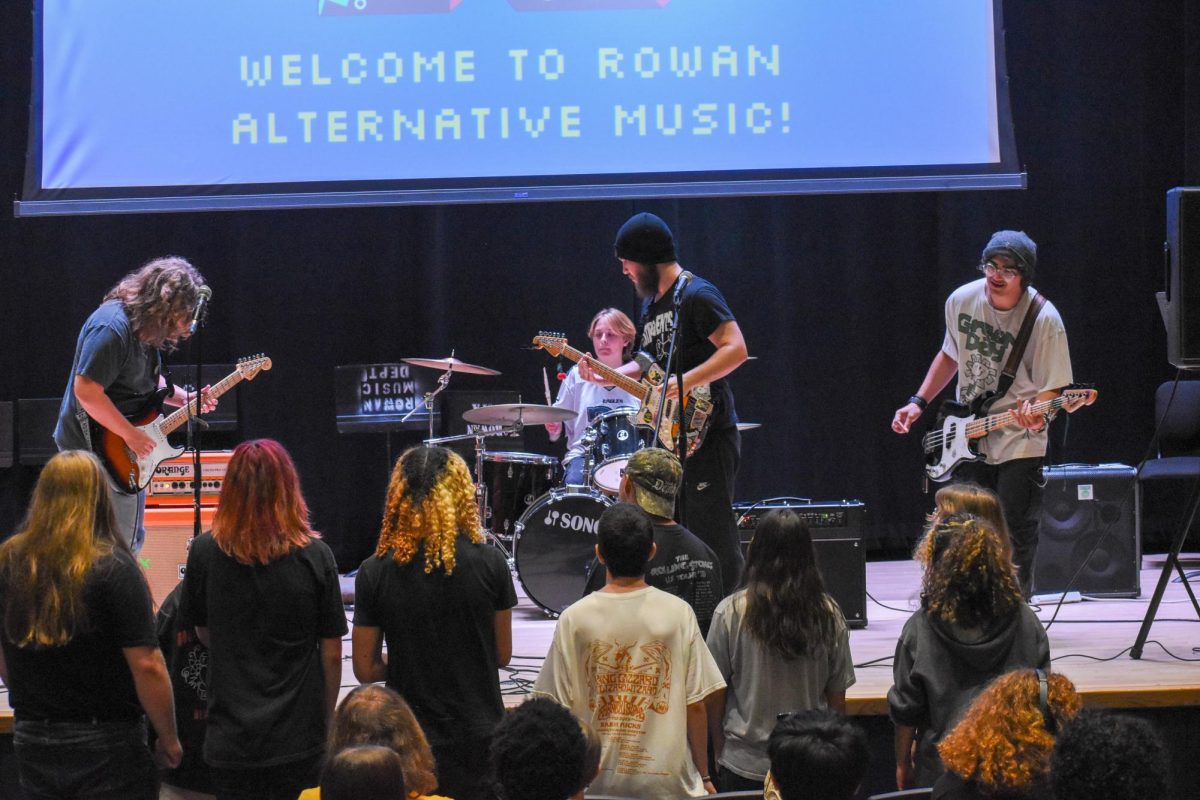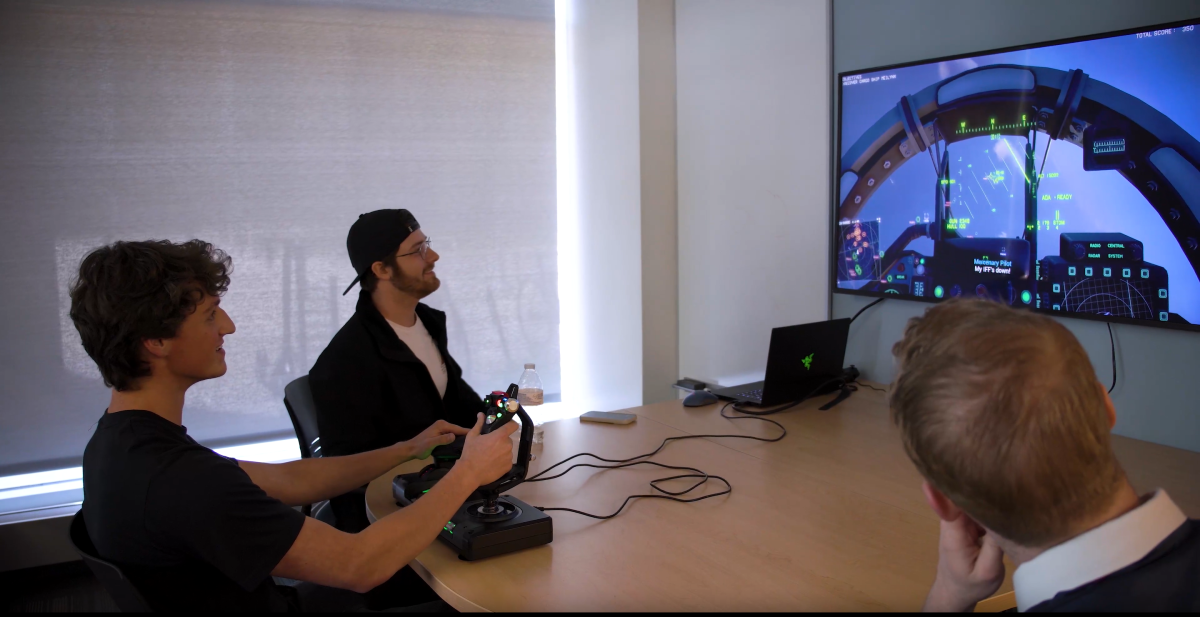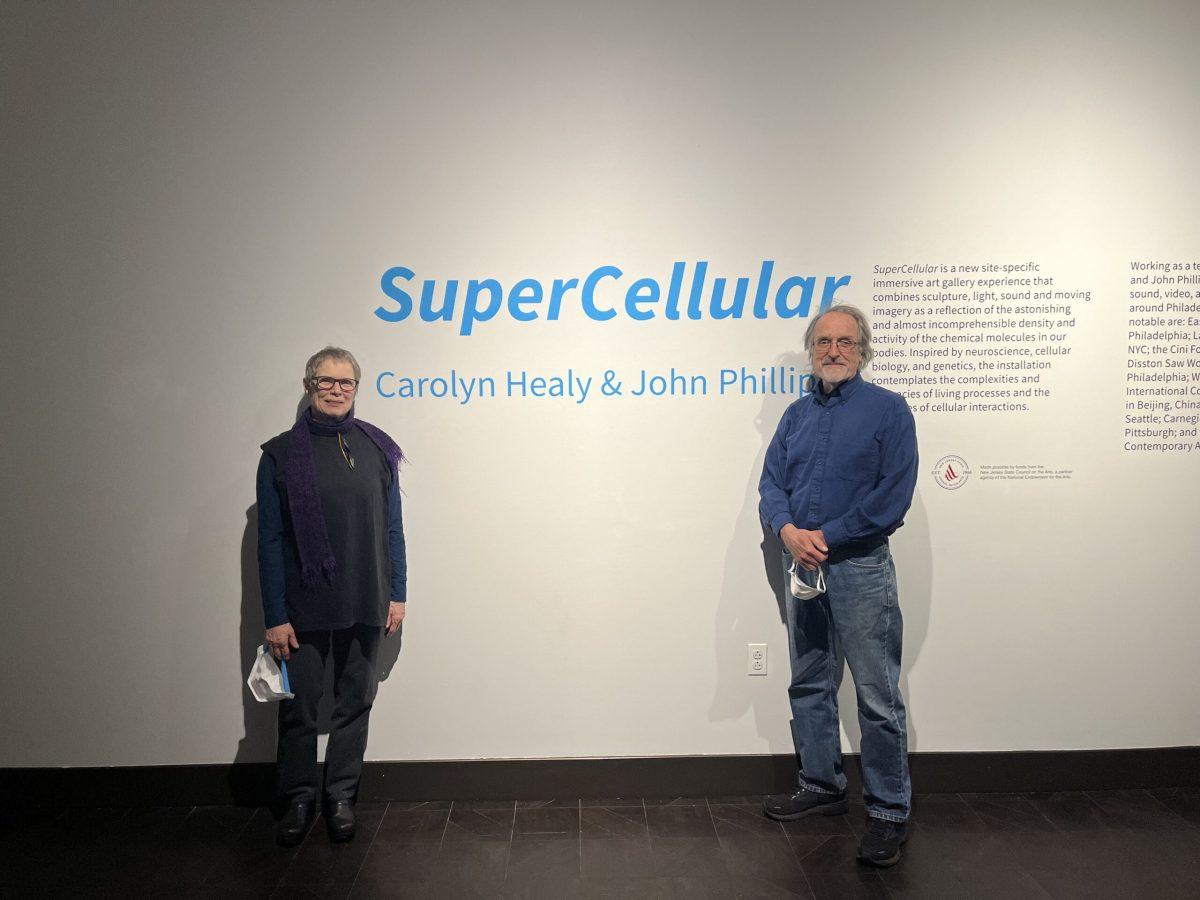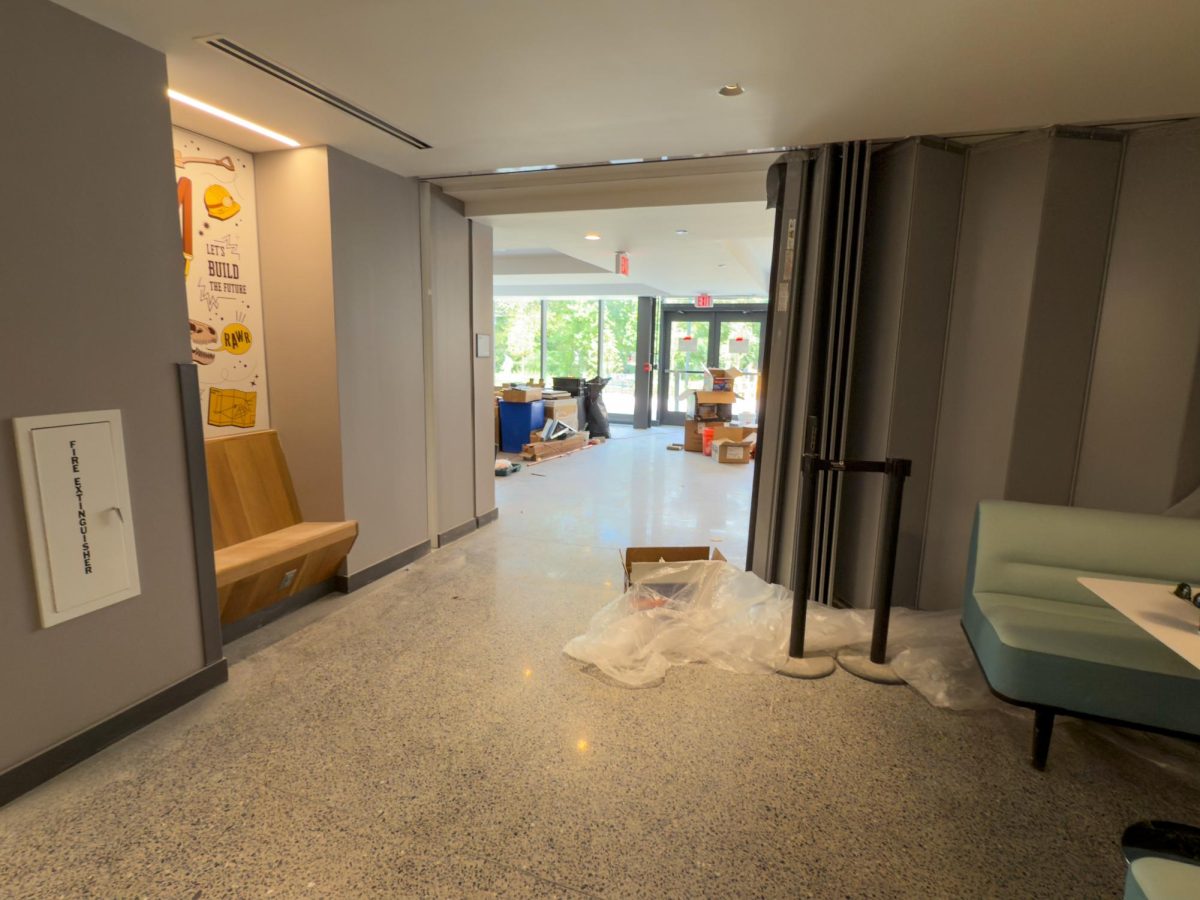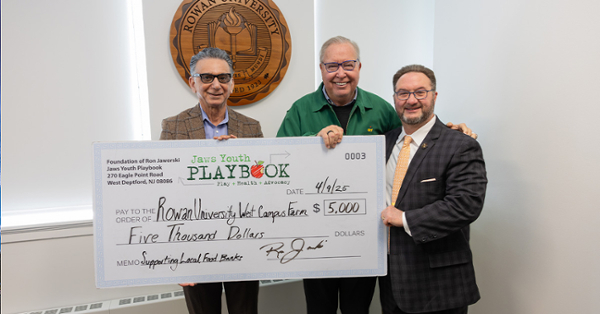With the energy landscape in New Jersey constantly changing and evolving, much like the rest of the world, experts have been looking for new strategies to fill current needs and demand for energy, as well as expand the state’s current energy capacity.
On Tuesday, Sept. 16, the Sweeney Center for Public Policy hosted “Powering a Resilient Energy Future: Developing New Jersey’s Energy Workforce in a Changing Landscape”, a six-hour long conference in the Eynon Ballroom where energy industry leaders and specialists from in and out of state met at Rowan to discuss how federal energy policy has changed in recent years and what could be done about it.
Similar to the previous energy conferences in the spring, the conference, which doubled as a breakfast and luncheon, kicked off with opening remarks from Dr. Nawal Ammar, the dean of the Ric Edelman College of Communication, Humanities & Social Sciences, and Dr. Ali A. Houshmand, Rowan University’s president.
“Imagine if Southern New Jersey becomes the next Silicon Valley, especially in life sciences,” said Dr. Houshmand. “And if it does, then what we need, we need you, we need energy. Massive amount of energy, because our project number one right now is to build several data centers.”
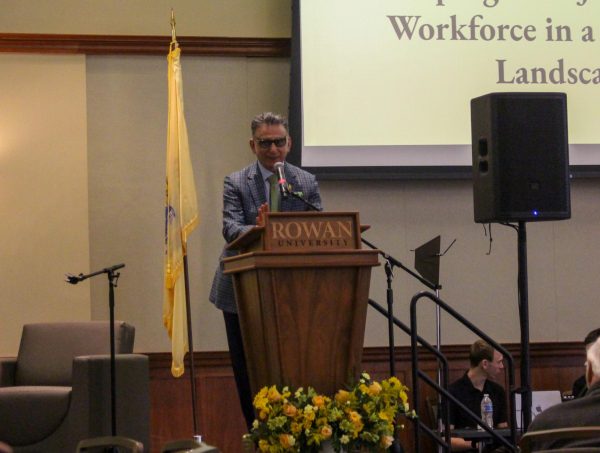
Former New Jersey Senate President and recently elected Rowan Board of Trustees member, Steve Sweeney, was also a part of the conference’s introduction, mentioning his previous time as a legislator and connecting it to the need for everyone in the energy industry to work together for common sense solutions.
“Can you imagine where we would have been if we had lost 43% of our energy right now? We need a vision and view of all-of-the-above energy, and I’m going to say, as a Democrat, we need gas,“ said Sweeney. “The truth is, we can’t get to the clean energy without gas. It’s a necessary fuel that we need, and another good energy that’s coming along is hydrogen. I’m really excited about hydrogen; it’s another fuel source. The more, the better, right or wrong.”
Sweeney continued on, highlighting specific issues that he found regarding energy in New Jersey.
“New Jersey’s problems right now, we used to generate more energy, and we exported it. We shut down too much power, and now we import, so we don’t control our gasoline,” said Sweeney. “A lot of people talk about AI centers, and they’re here and they’re going to continue to grow. And they’re going to consume lots of electricity, so that means we can’t turn off fuel sources, we need to increase fuel sources to increase generation, and that’s what this think tank is about. It’s focusing on real issues.”
After Sweeney made his final comments, he welcomed Michael Martucci, the regional administrator for the U.S. Environmental Protection Agency (EPA) Region 2, to deliver the opening keynote, which offered a federal perspective on energy development.
“Our collective energy future is something that is not just impacting the state of New Jersey here, but impacting places all across our country, as I’m coming to directly learn,” said Martucci. “And the reality is that rising energy costs are having a huge impact on our families and our businesses. I think about when I started my school bus company back in 2007, you know, your energy cost was sort of a rounding error on your PNL, and today it’s become way more than that. Regardless of what business you’re in, it has increased in size and scope.”
Martucci detailed how the EPA’s role was to help ensure that energy production was being done in a safe, affordable, and protective way to the environment and human health.
“One of the things, speaking on behalf of the administration, that we’re focused on is making sure that there aren’t too many eggs in one energy basket, right?” said Martucci. “We’ve heard a lot about energy policy and the direction of energy policy. Certainly, individual states have put laws on their state books that are impacting energy policy in a huge way from a state perspective. But we’re looking at it more holistically in saying that putting too many eggs in one basket can be a dangerous place to bet.”
Following Martucci’s address, as well as a handful of questions from members of the audience that ranged from concerns about the roles of community and research, the conference shifted into a new gear. The rest of the conference became dedicated to hosting different panels of experts to the stage, opening dialogues about federal policy actions such as the National Energy Emergency Executive Order that was declared back in January 2025, the opportunities that come along with the expansion of nuclear and solar energy, and economic and environmental challenges such as rising costs of energy and an imbalance with electric supply and demand.
“It’s certainly going to be a challenge over the next three years, maybe the next seven years, we’ll have to see how that works politically,“ said Nathan Howe, a partner with the K&L Gates firm. “Energy itself is, in fact, defined to exclude solar winds and batteries, so it’s a very selective type of energy, but it shows a heavy skew in terms of which types of emphasis that this administration has and what it considers energy development.”

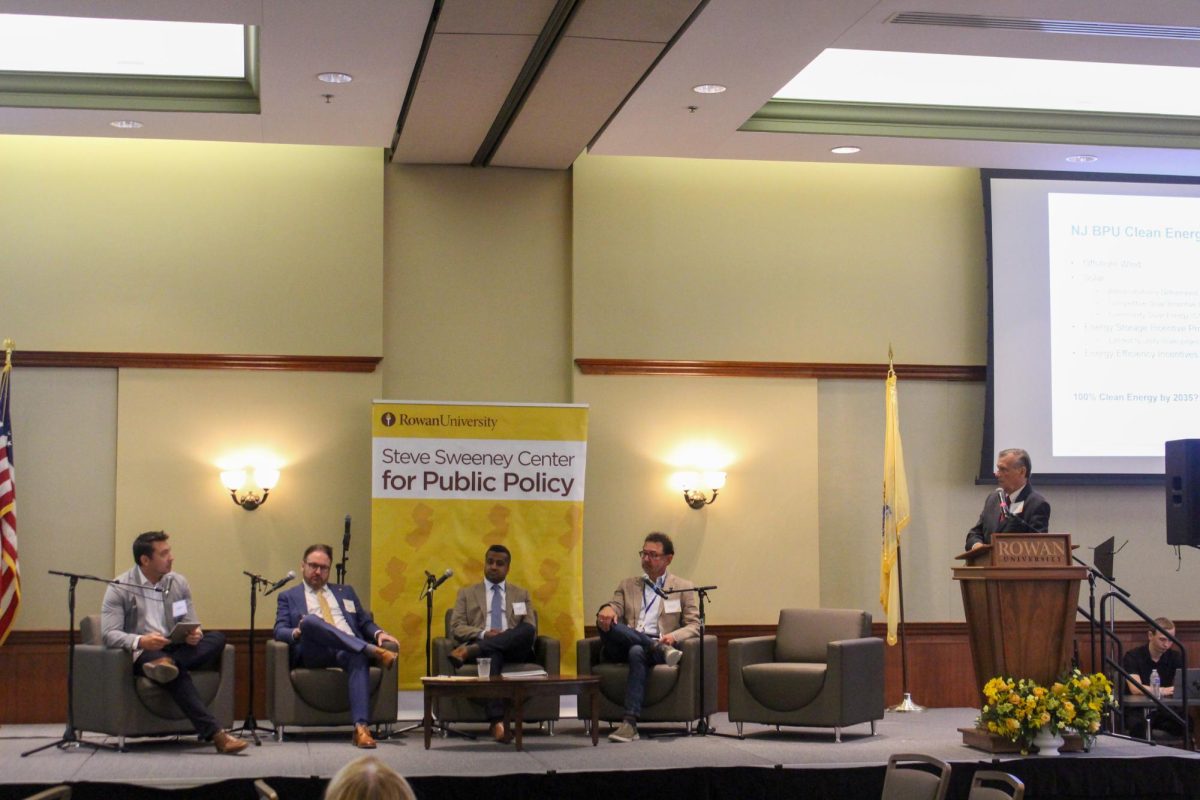

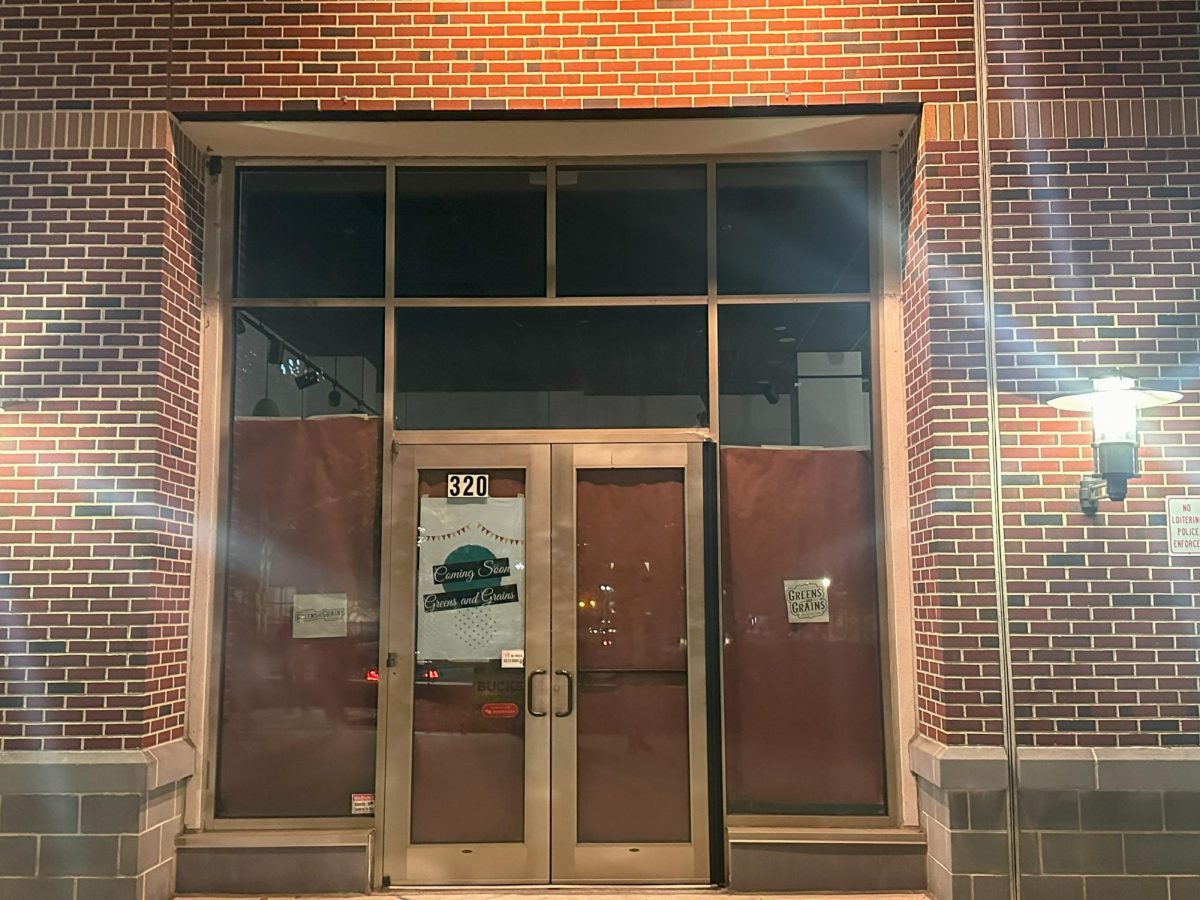

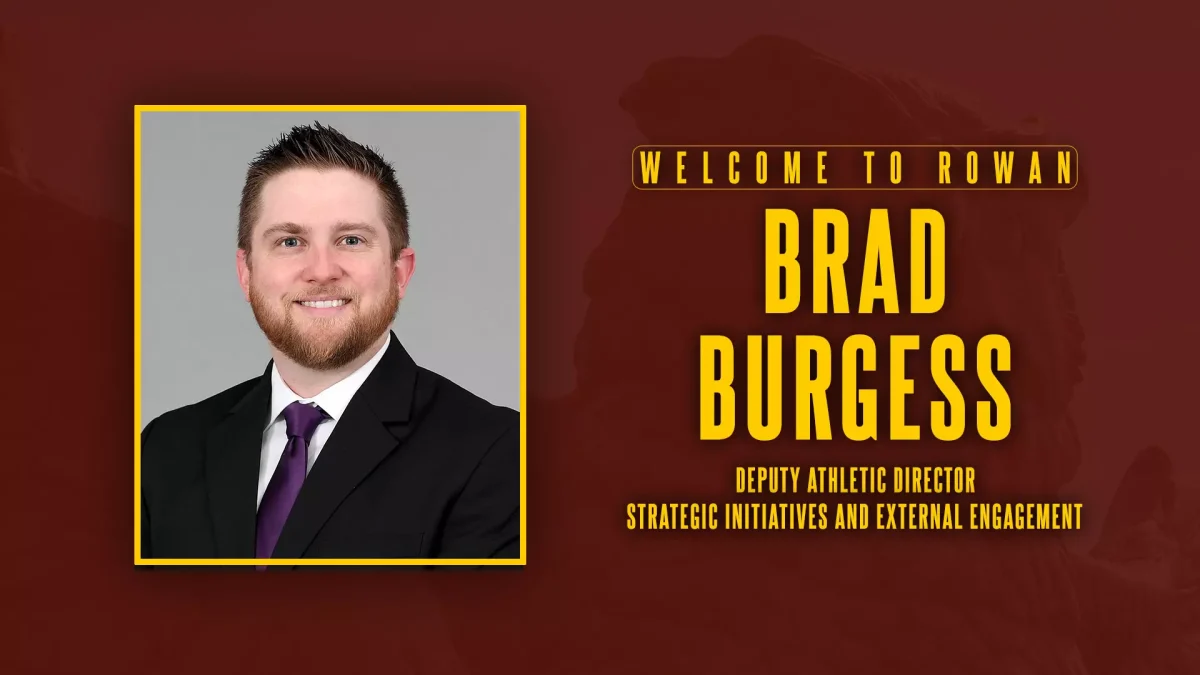

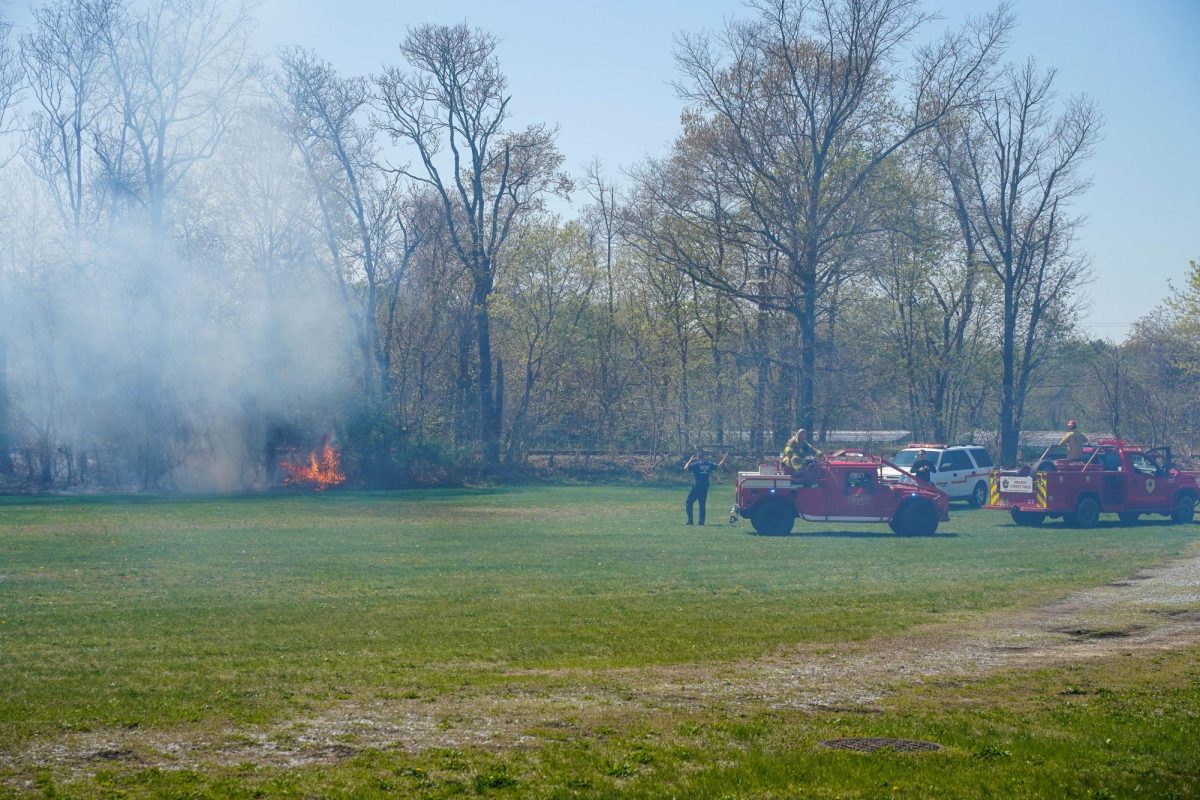


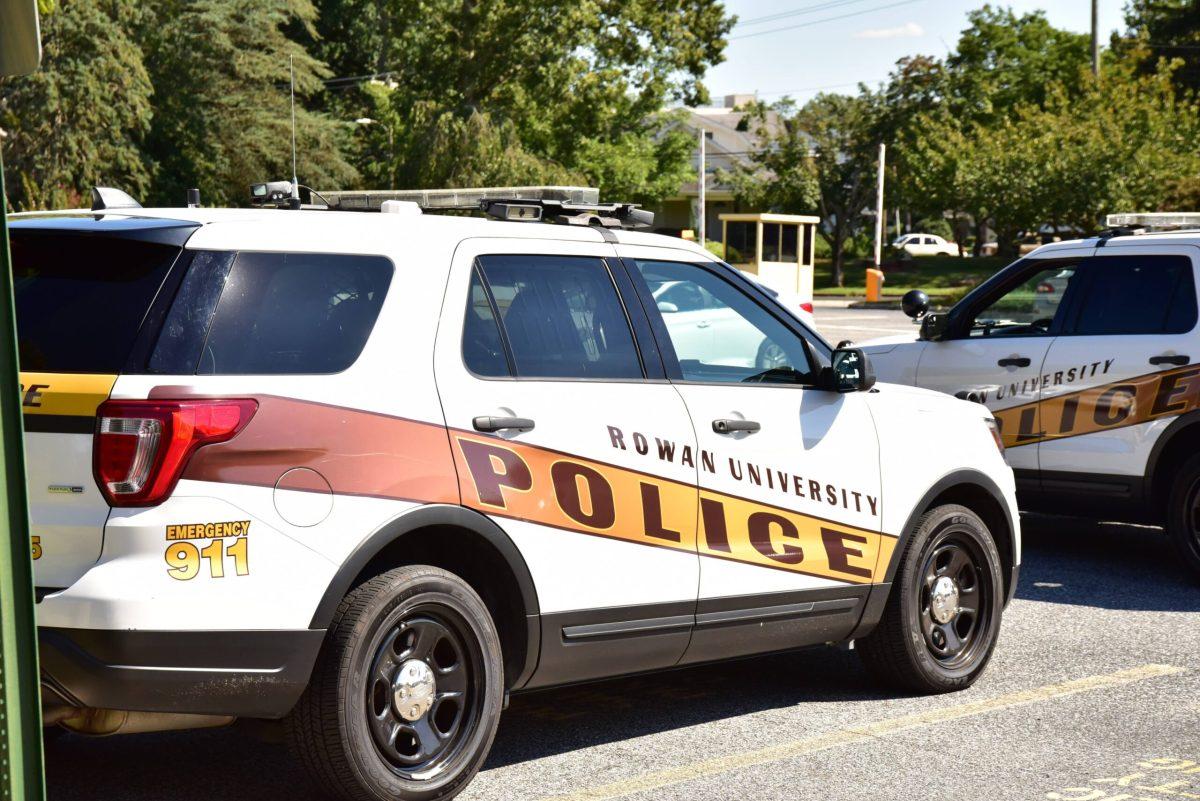





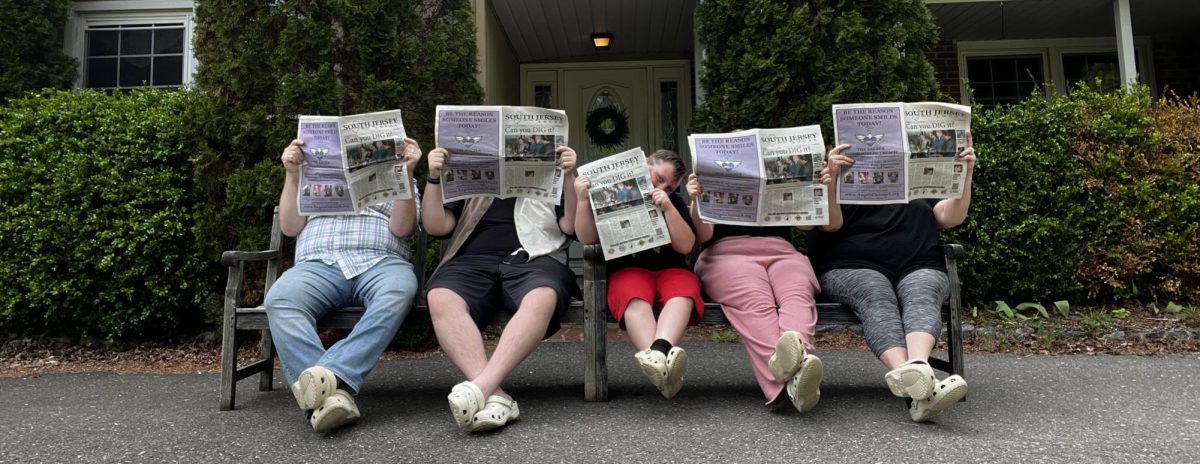
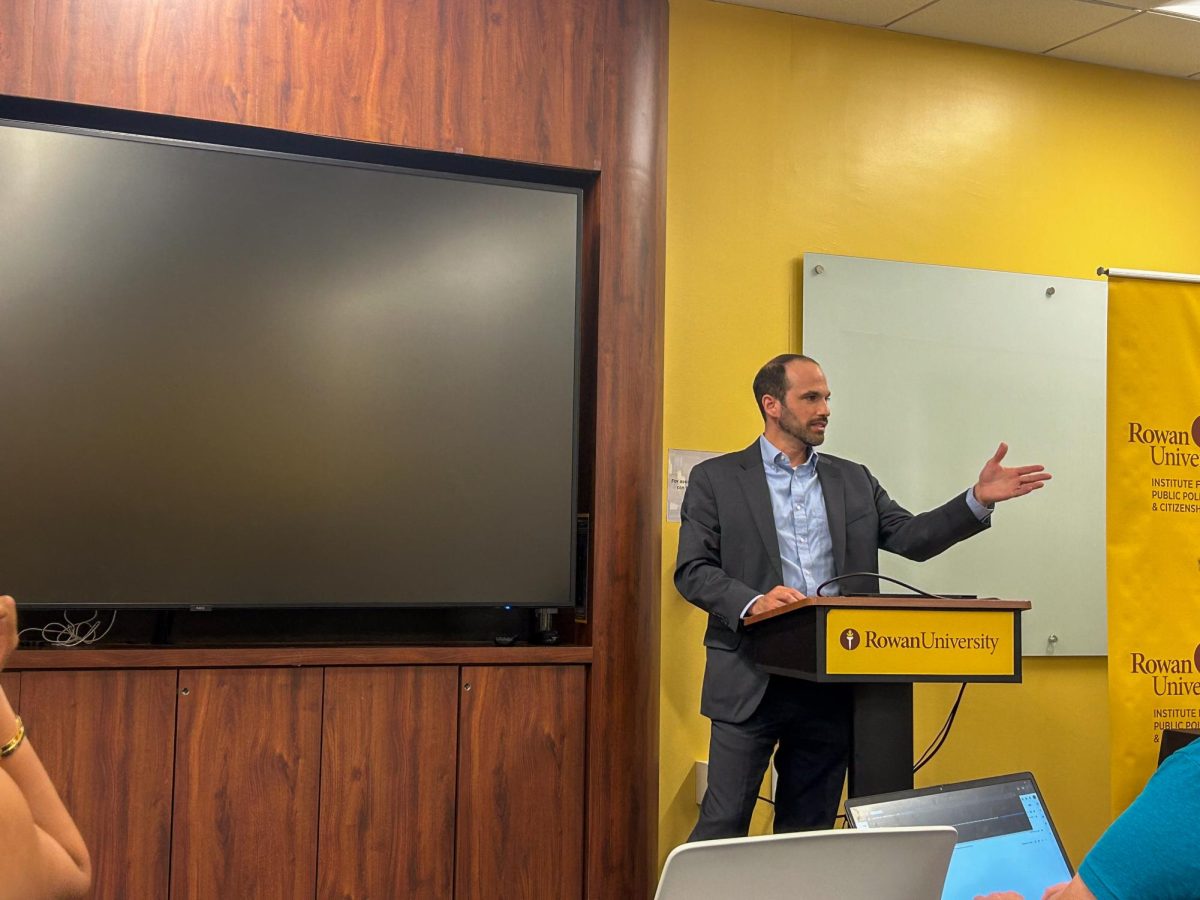

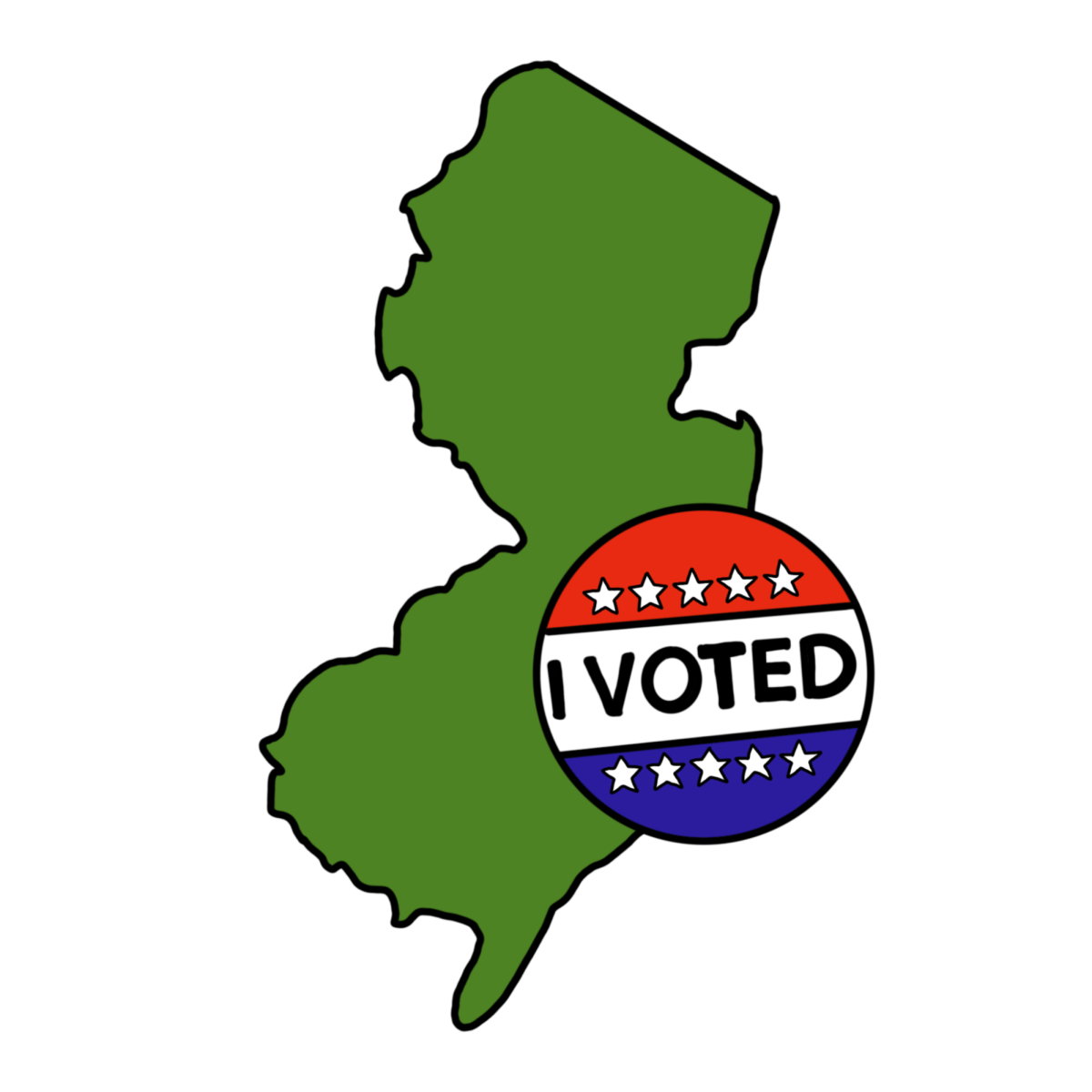






































































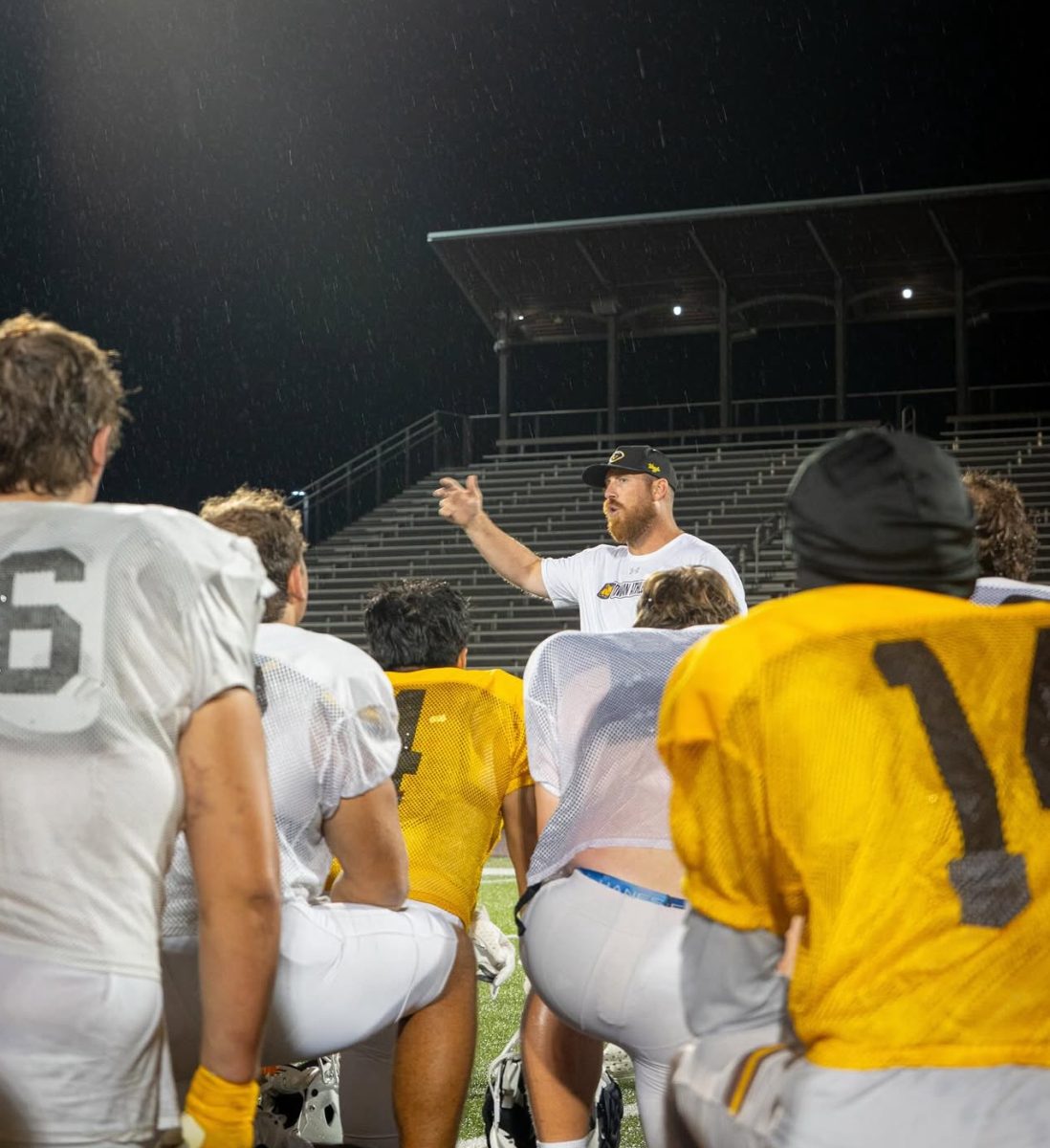



































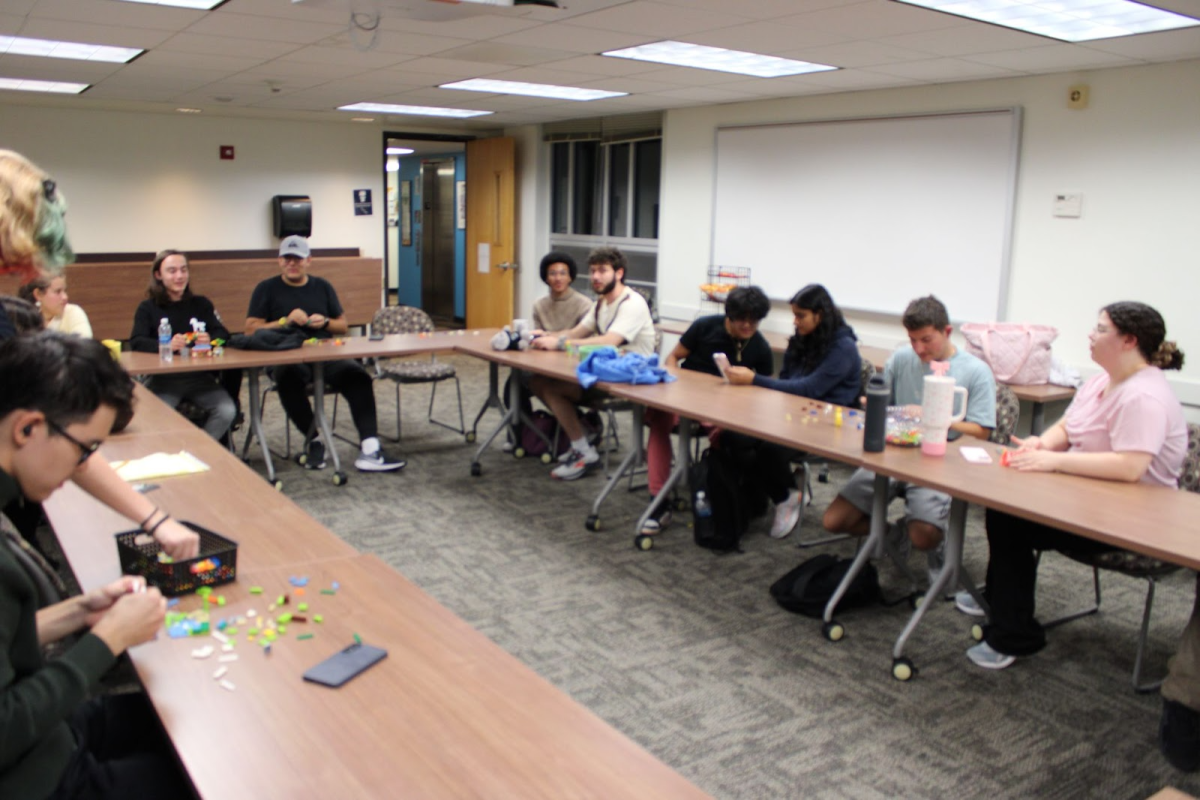


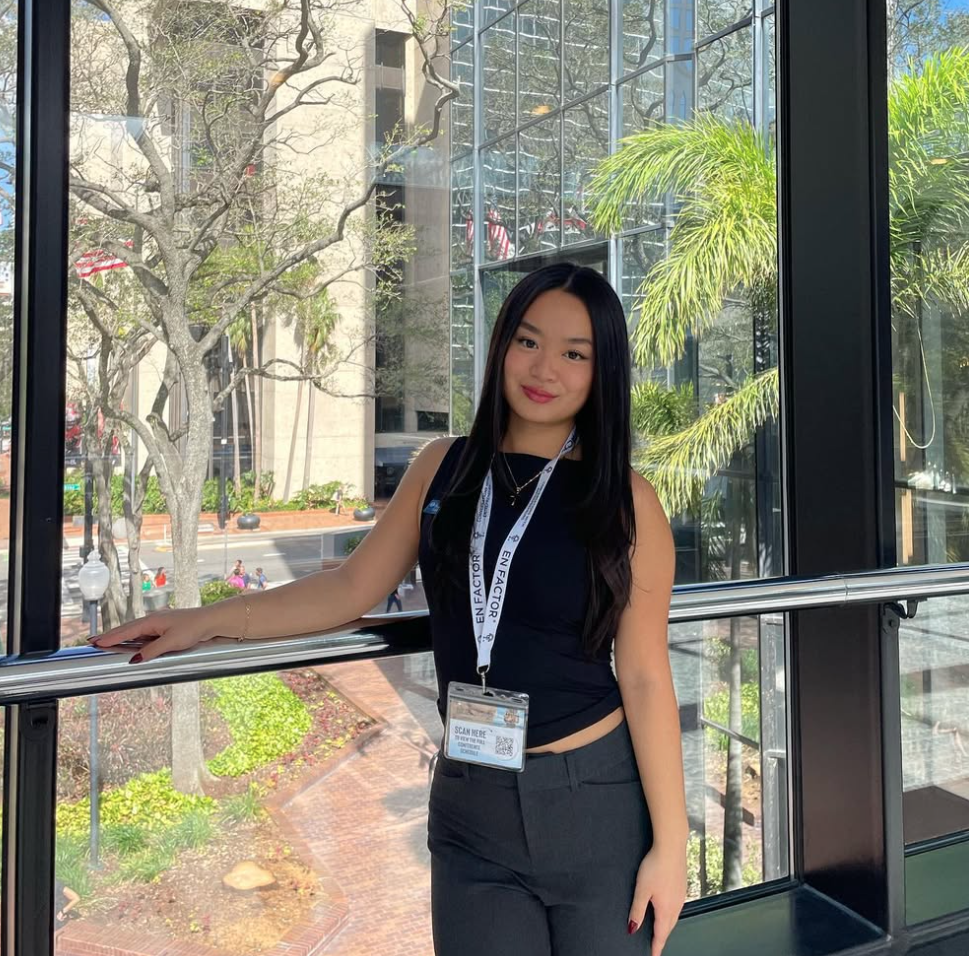
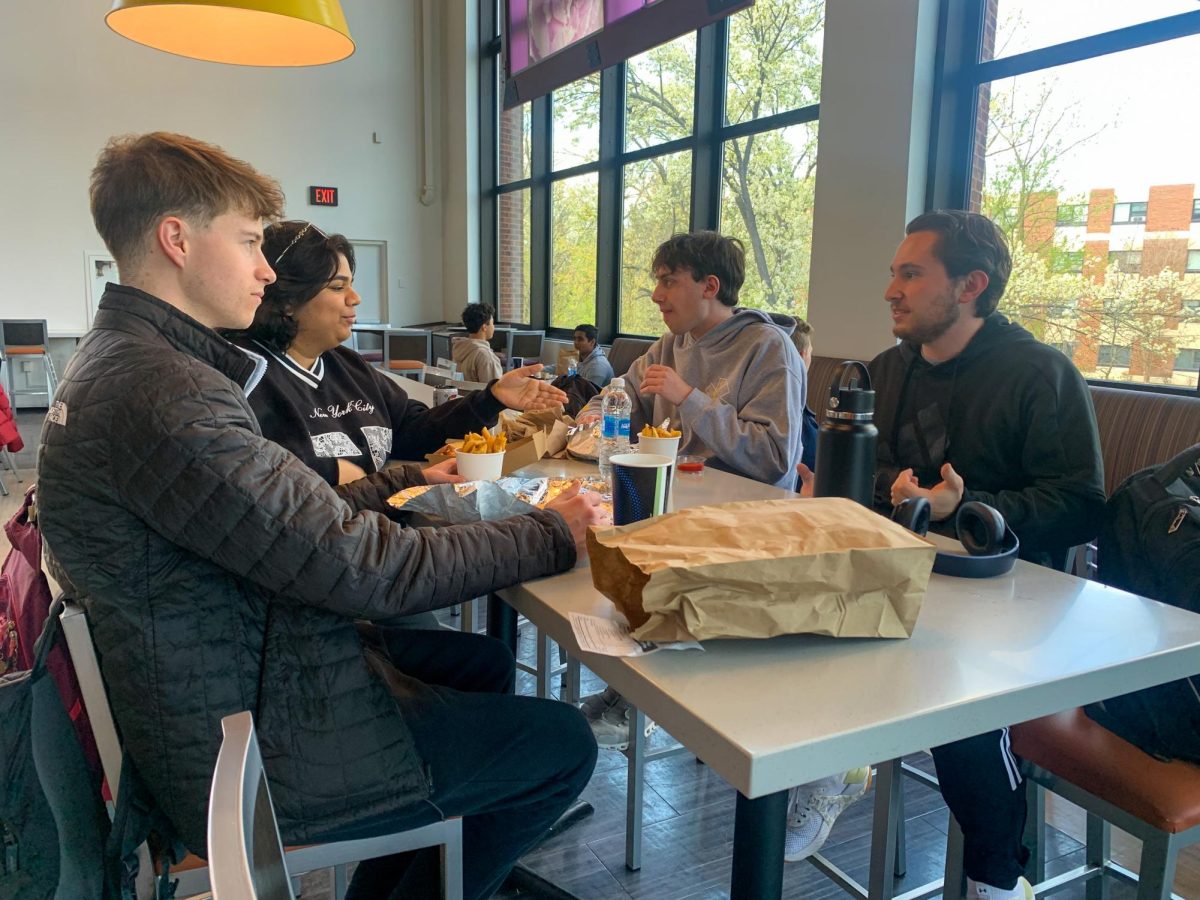


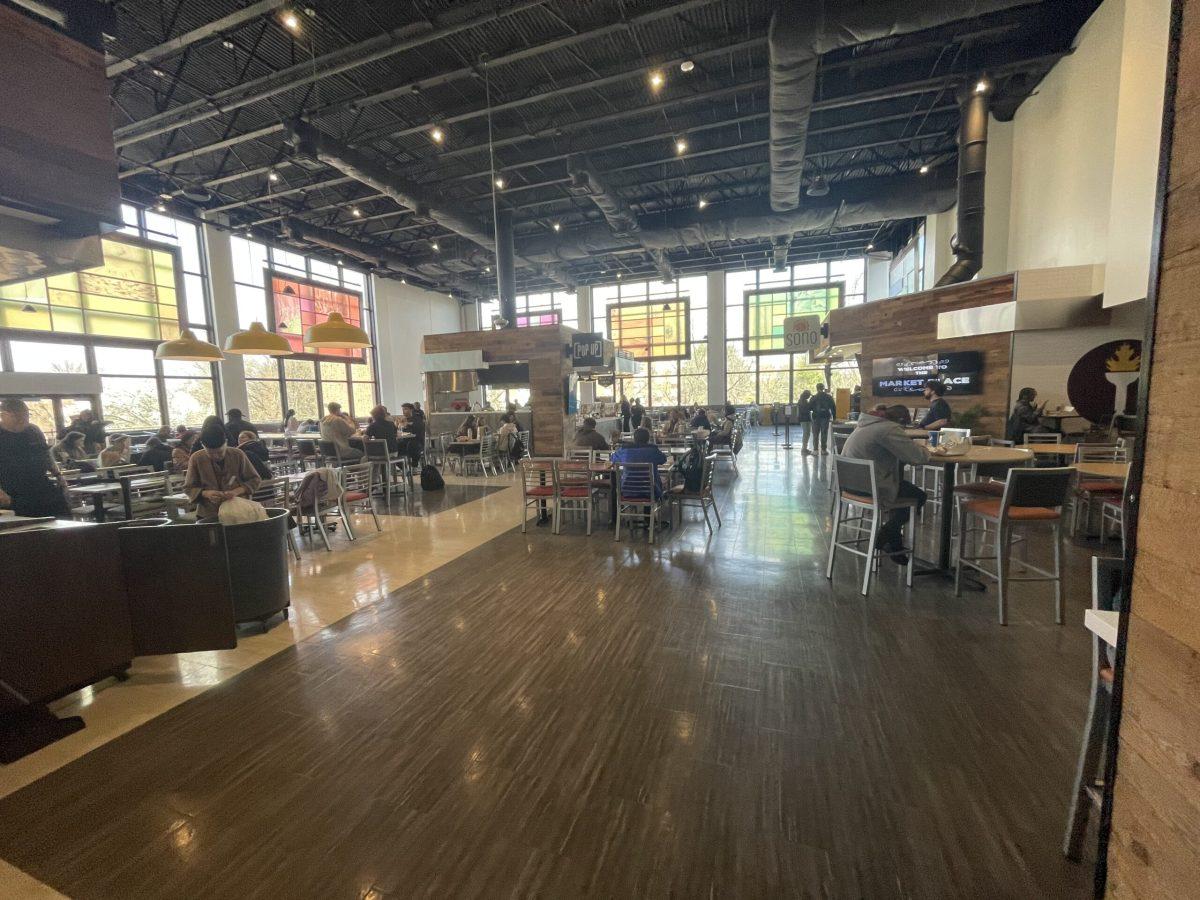

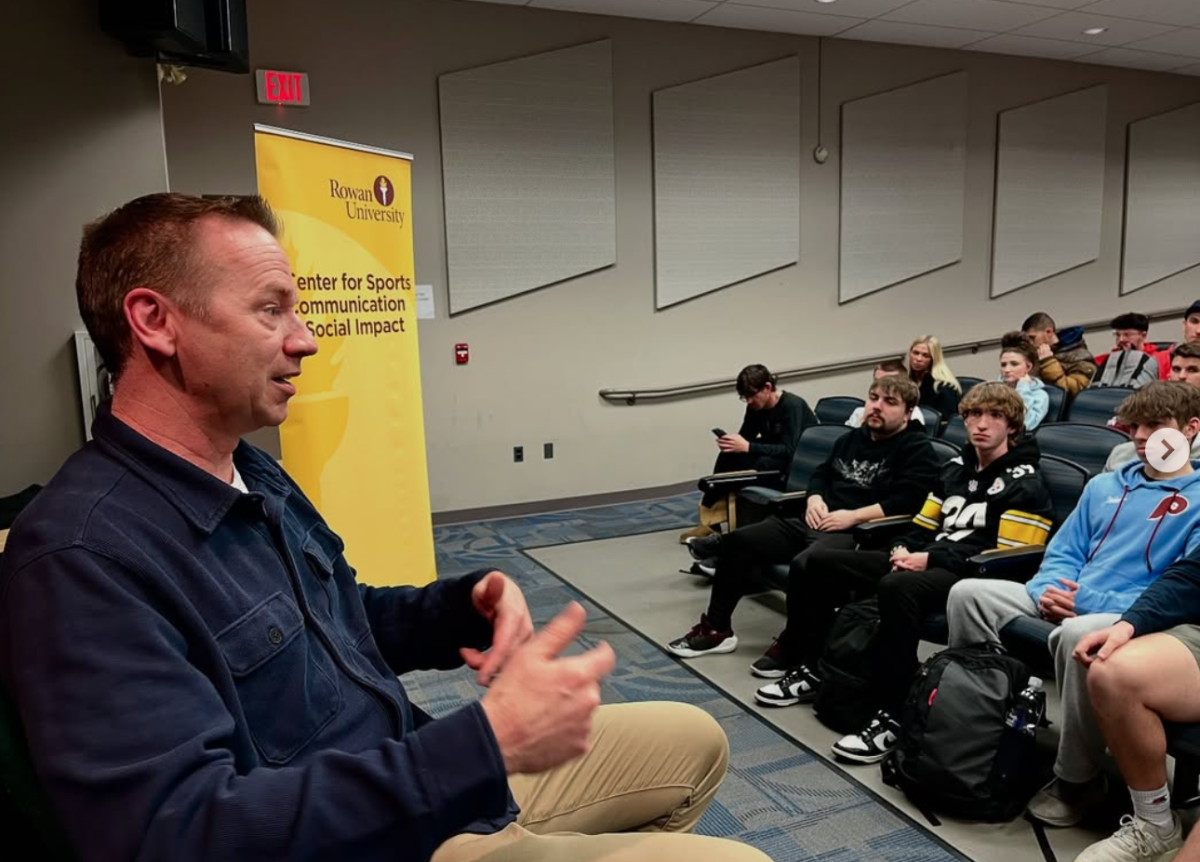

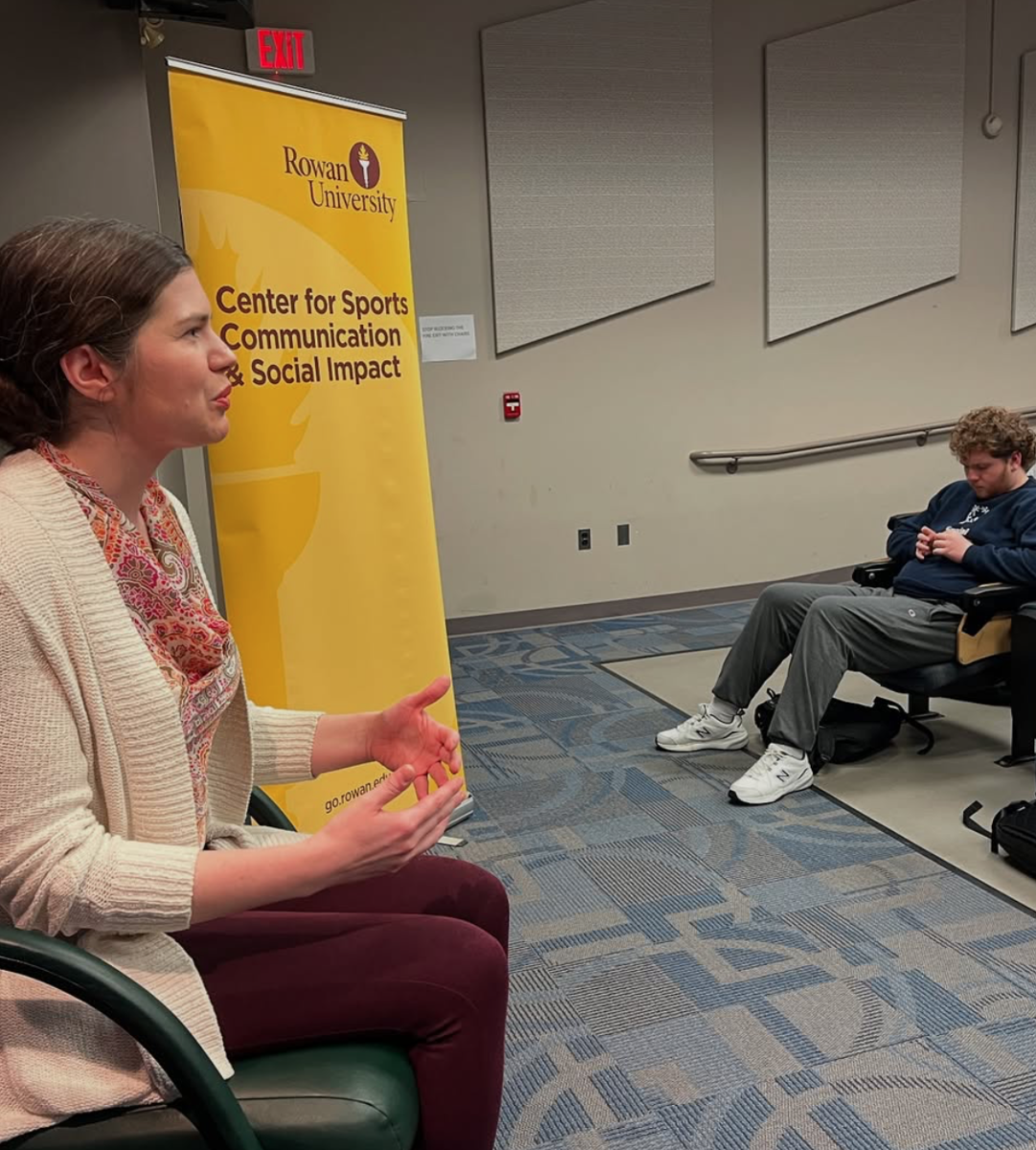
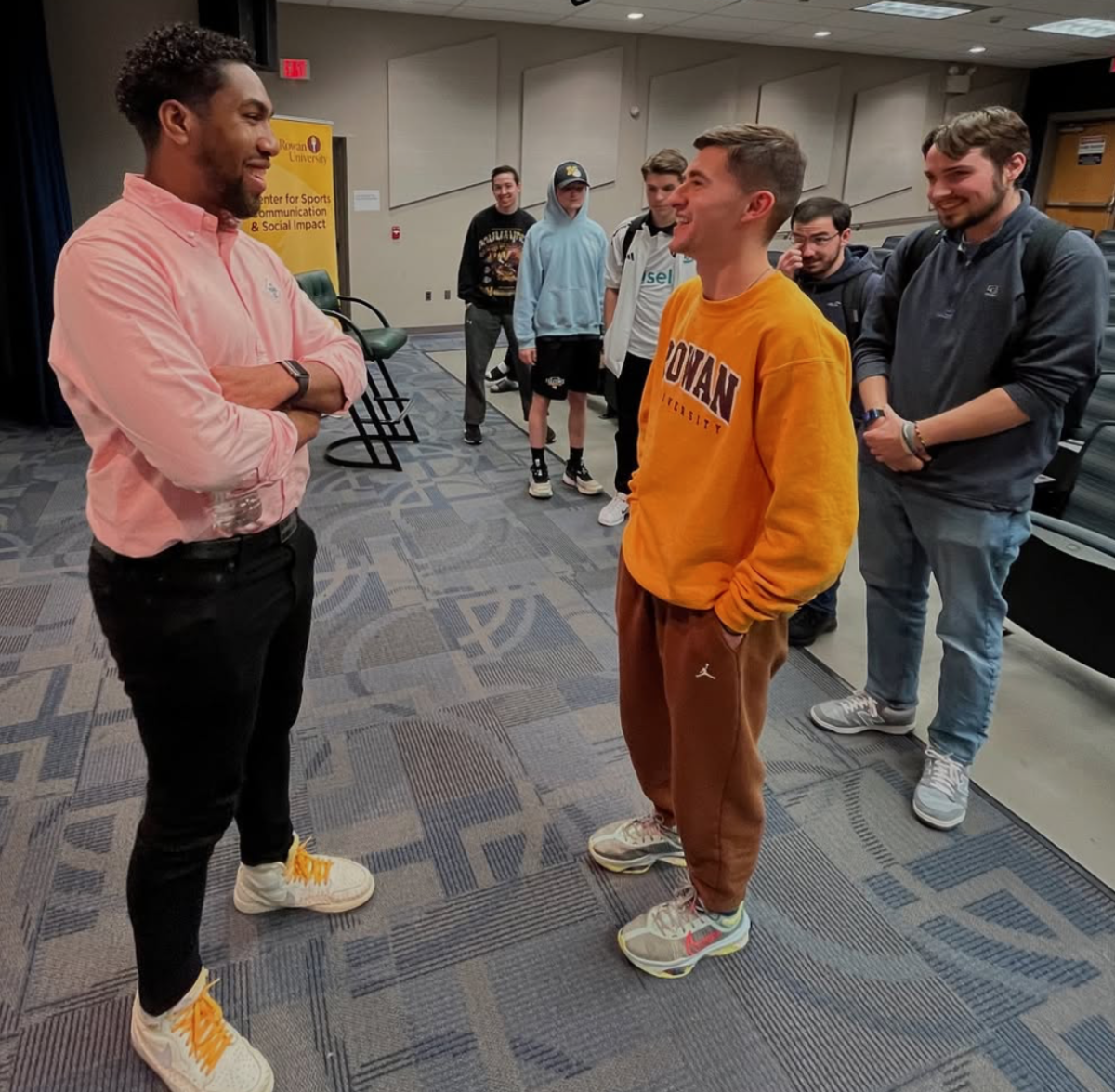
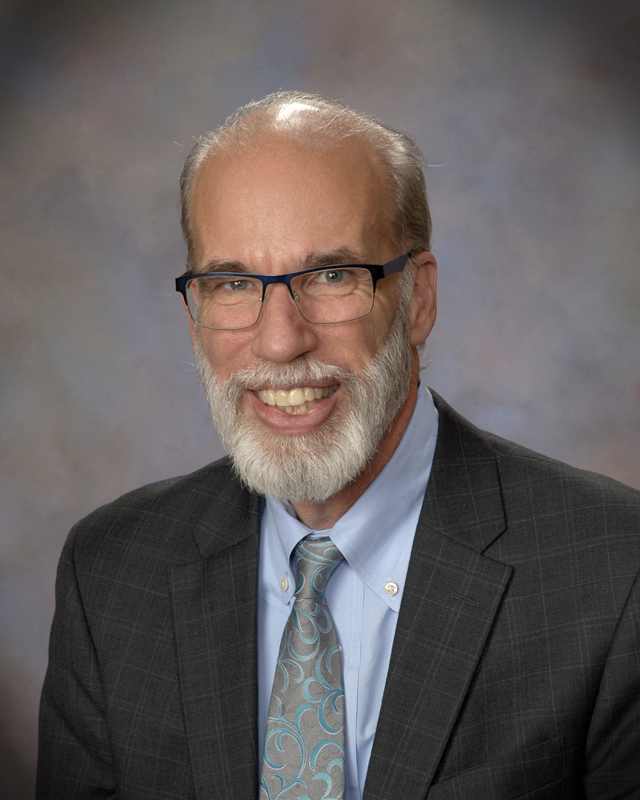
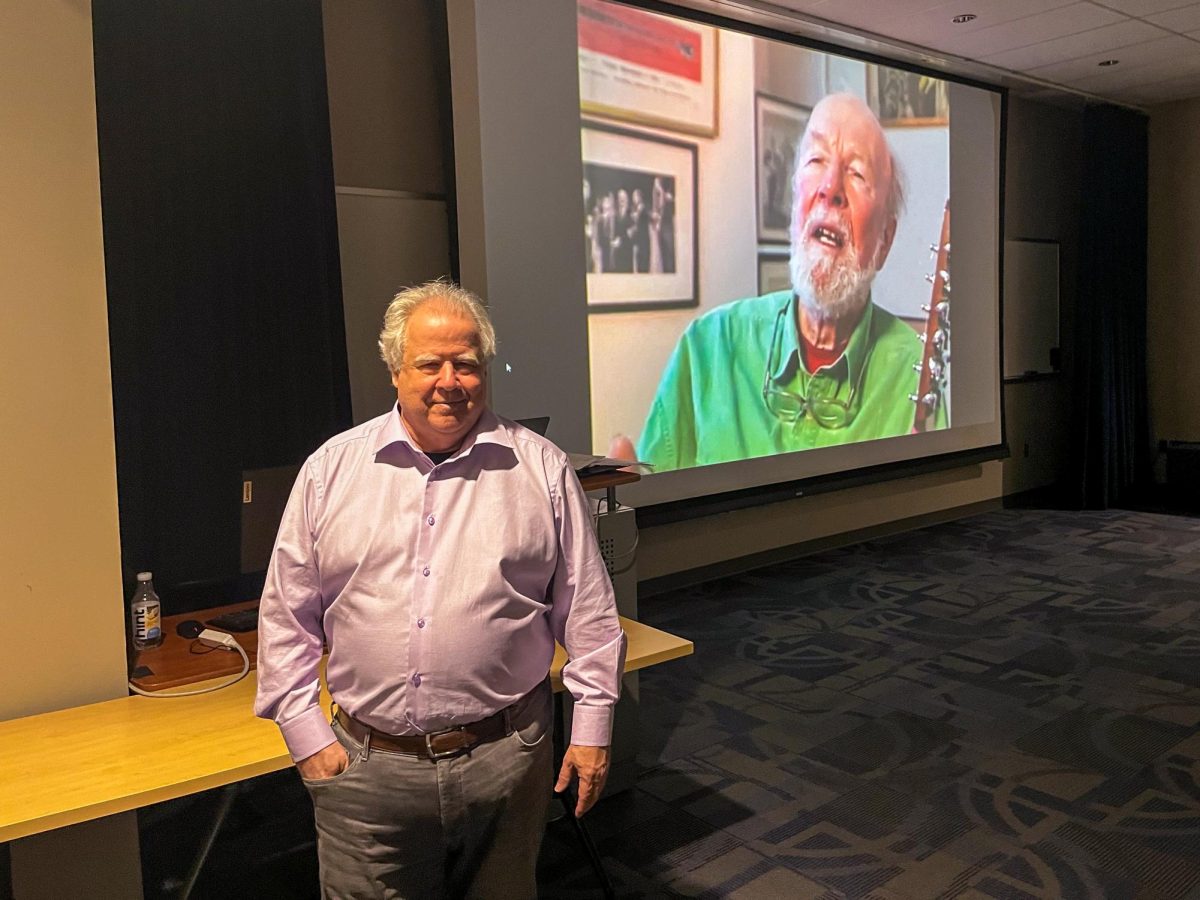




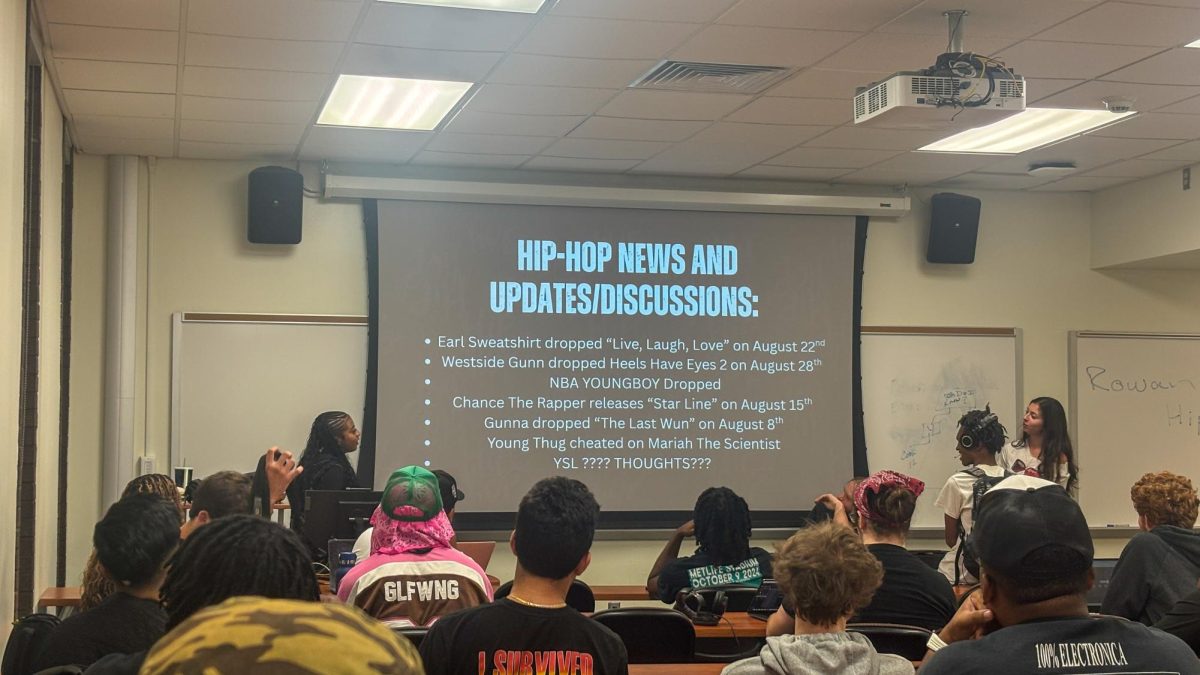


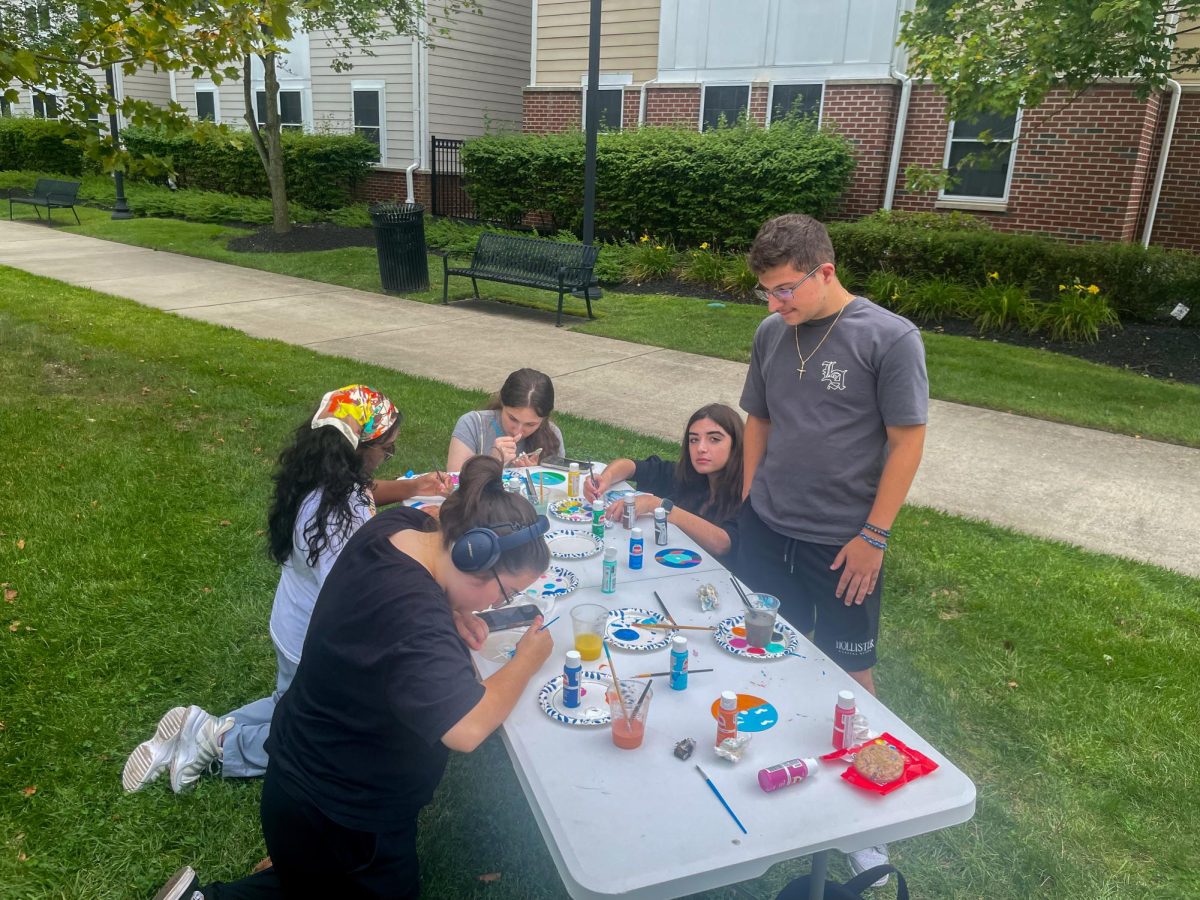


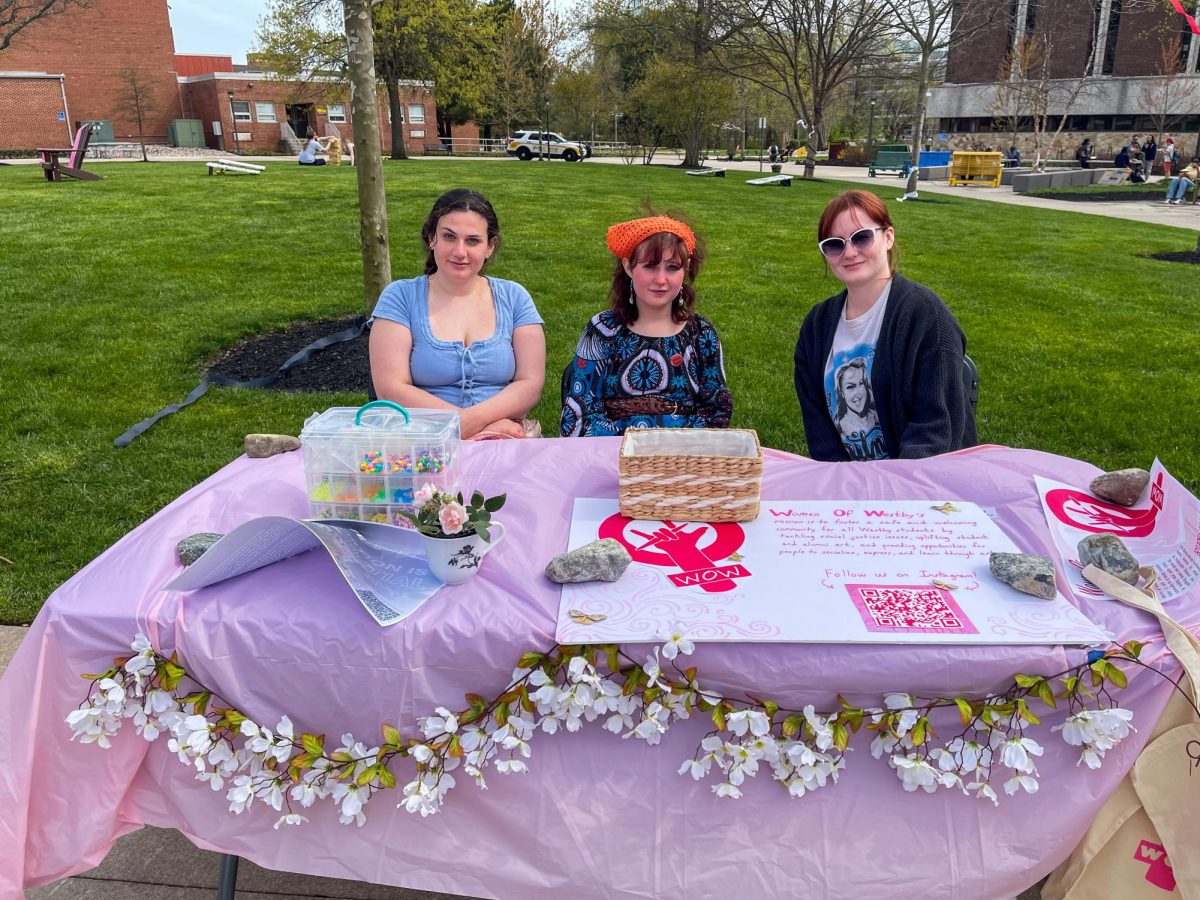

!["Working with [Dr. Lynch] is always a learning experience for me. She is a treasure,” said Thomas. - Staff Writer / Kacie Scibilia](https://thewhitonline.com/wp-content/uploads/2025/04/choir-1-1200x694.jpg)
